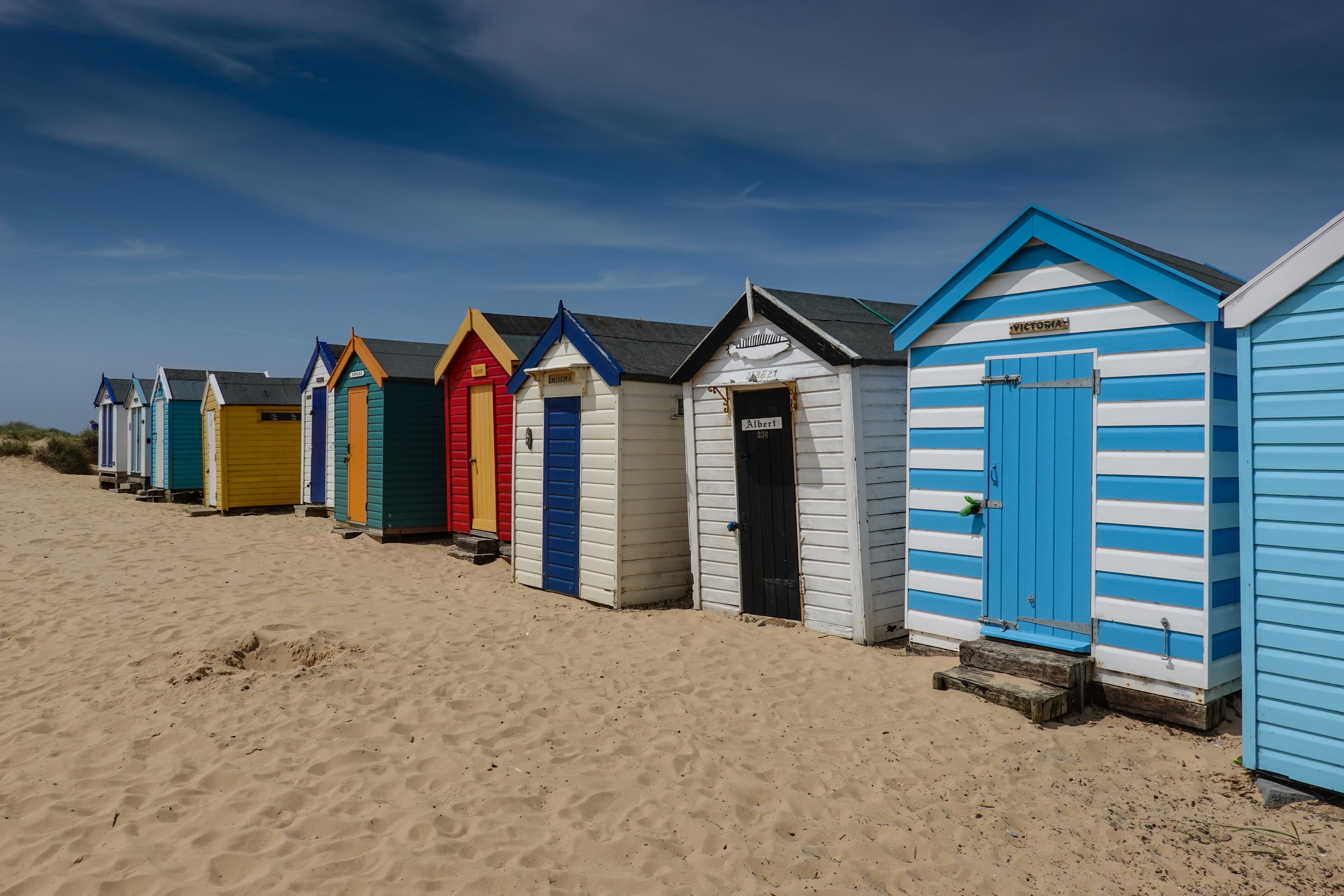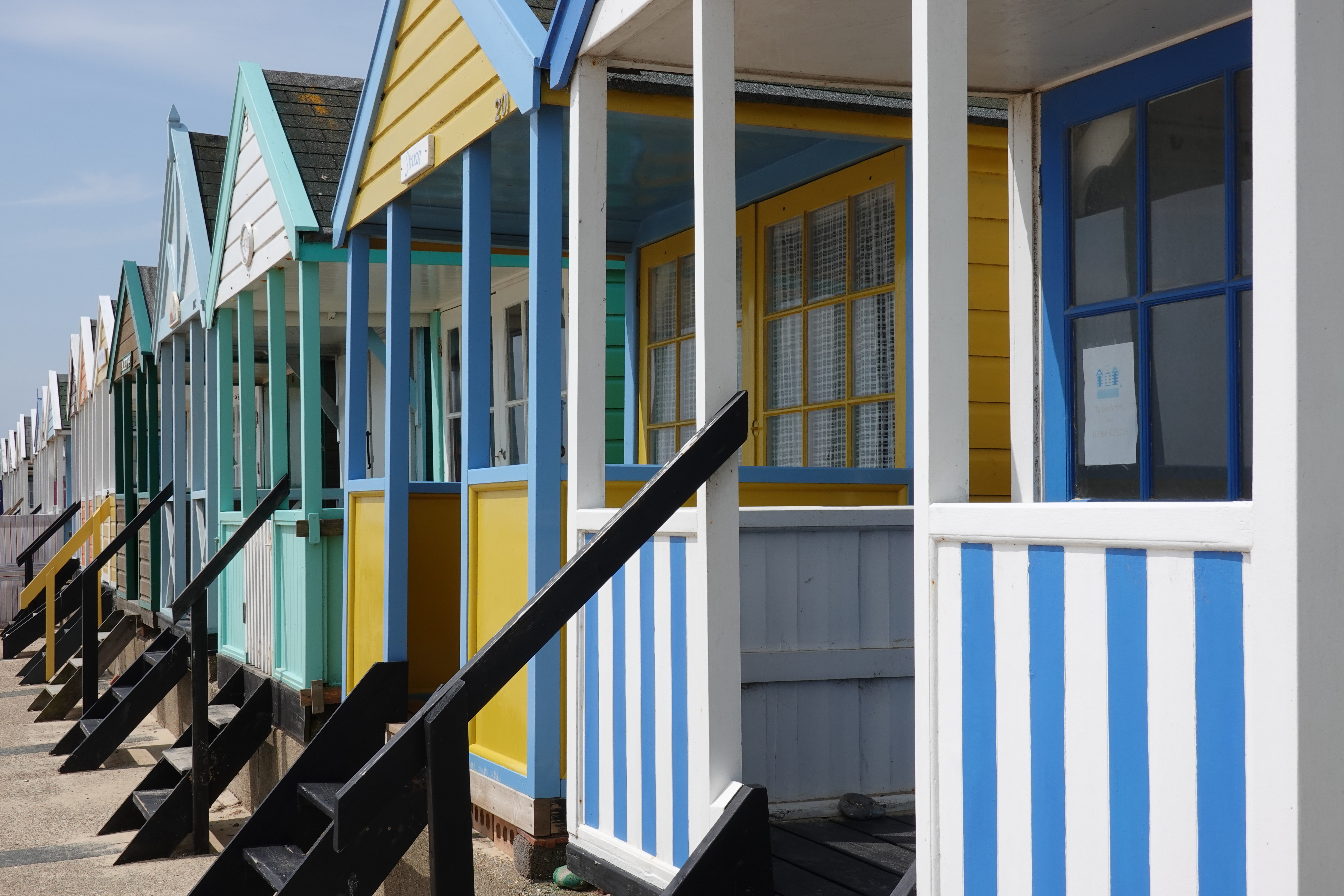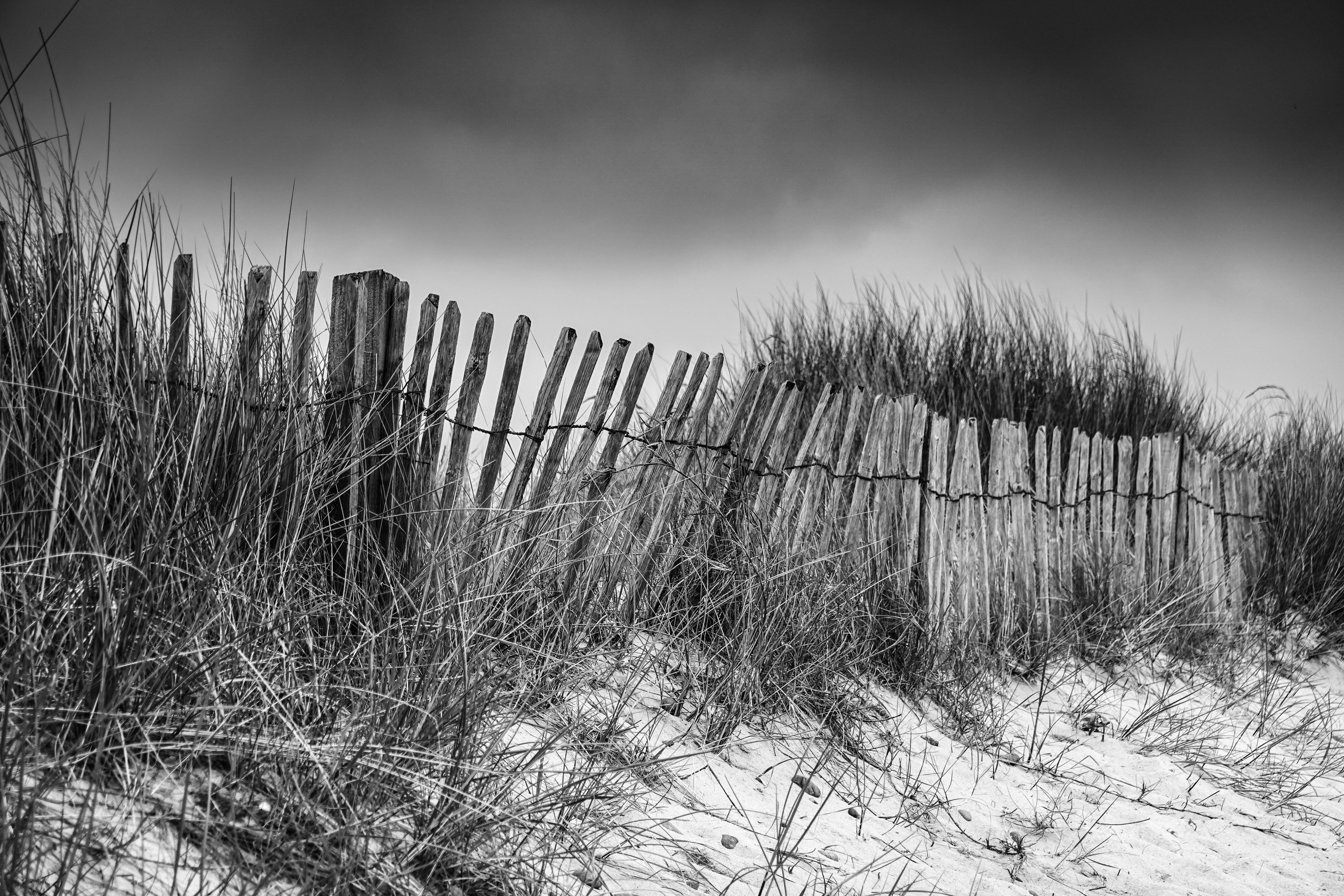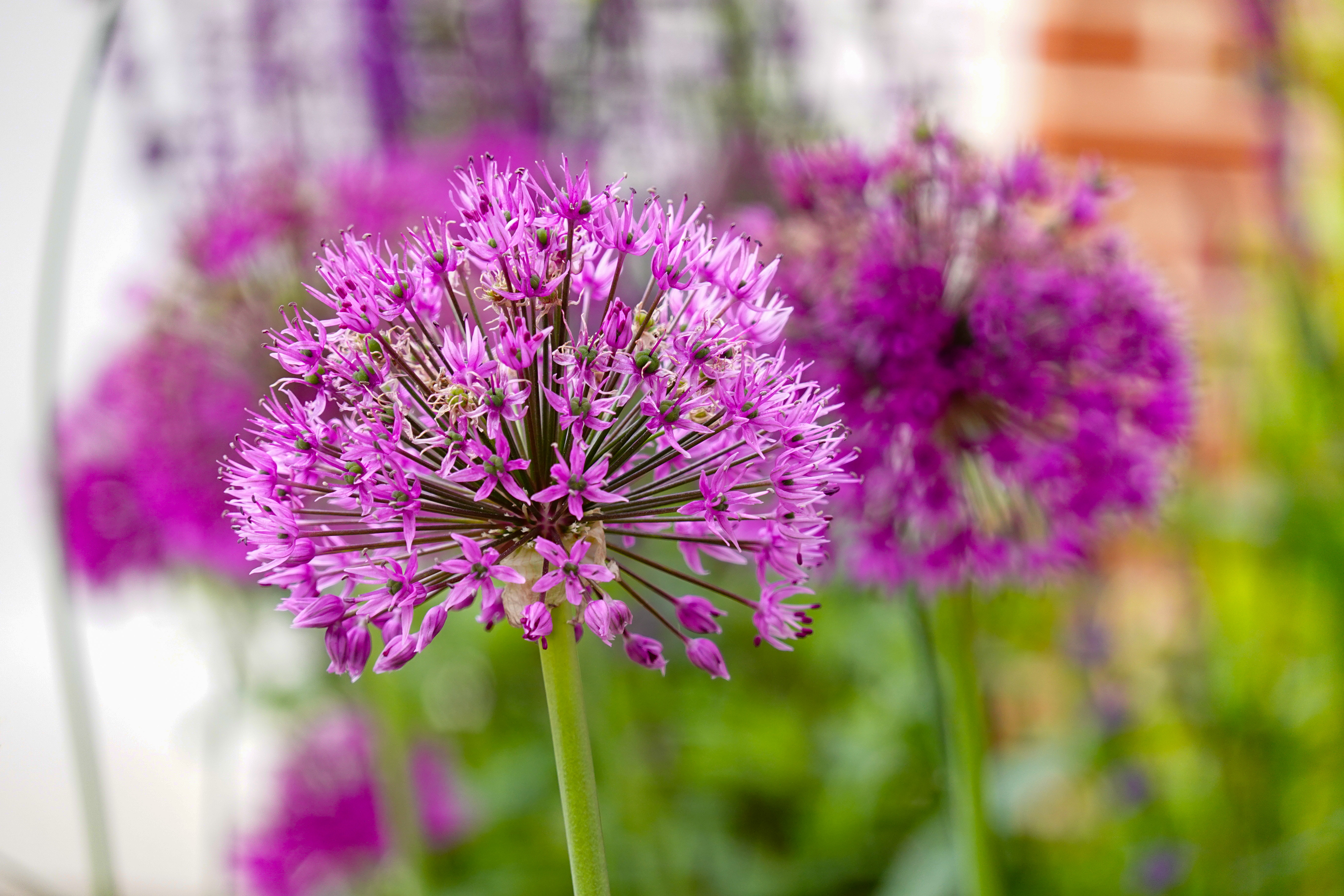Why you can trust TechRadar
Performance
- 24fps burst shooting
- Buffer improved to 233 shots over RX100 V
- 310-shot battery life possible
Want to fill up a SD card quickly? The RX100 VI will happily shoot a burst of 233 JPEG images at a staggering 24fps – a burst shooting speed that would make many high-end cameras look pedestrian, and a big improvement over the RX100 V's 150 shots. It can shoot raw at this burst rate as well, although the buffer is a little more modest at a still very impressive 109 raw files – also an improvement over the RX100 V's 77 raws. Curiously, however, the RX100 VI's card slot is only UHS-I and not UHS-II, which means you may have to wait briefly while the camera writes the data to the card before making any changes to shooting settings.
While the rear display may have seen a slight reduction in resolution compared to the RX100 V, you'd be hard pressed to notice this in real-world shooting conditions. We actually used the new camera side-by-side with a RX100 IV, and couldn't discern any difference.
If you think the pop-up electronic viewfinder might be a bit of a gimmick, you'll be pleasantly surprised when you lift it up to your eye. There are certainly larger and brighter EVFs out there, but for a camera of this size it's very good indeed, with a crisp display and generous field of view.
As we found on the RX100 V, the RX100 VI's multi-zone metering system is a dependable one, while you shouldn't have to stray too far from the camera's Auto White Balance to achieve decent results under a range of lighting conditions.
Battery performance is identical to the RX100 V's at 220 shots if you're planning on using both the rear display and EVF, but this can be extended to 310 shots provided you shoot solely with the rear display and have this set to its auto-off mode. You may want to consider an optional battery, although the RX100 VI does support direct USB charging.
Image quality
- ISO125-12,800, expandable to 80-12,800
- Image quality virtually identical to predecessor
- Multiple picture effects
With the sensor appearing to be the same chip as in the RX100 V (and the RX100 IV for that matter), images from the RX100 VI don't throw up any nasty surprises.
As we've seen in the past, the 20.1MP 1-inch sensor is capable of delivering images with impressive levels of detail. They're not going to trouble those from a mirrorless camera or DSLR, but for a compact they're very good, and you should be able to make decent A3 prints at 300dpi without the need to increase the size of the file.

Click here to see the full-size image

Click here to see the full-size image

Click here to see the full-size image

Click here to see the full-size image

Click here to see the full-size image
Image noise is controlled very well up until ISO800. Go above that and you'll find that color noise begins to appear in shadow areas. However, don't restrict yourself to these lower sensitivities, as even at ISO3200 images still hold up well, with luminance (grain-like in appearance) and color noise only encroaching on the image. We'd suggest shooting in raw above this if you can, but should you shoot JPEGs you might want to dial down the camera's noise reduction to its lowest setting.
For a compact camera, the RX100 VI performs really well when it comes to dynamic range, with raw files offering a decent amount of latitude for recovering detail post-capture.
As for the new 24-200mm lens, there's little to complain about here. It appeared sharp throughout the zoom range in our testing, with distortion and vignetting well controlled. The obvious negative is the slightly slower maximum aperture range compared to the RX100 V – but if it was to have a comparable aperture you'd be looking at a decidedly larger camera.
Current page: Performance and image quality
Prev Page Build, handling and AF Next Page Verdict and competitionPhil Hall is an experienced writer and editor having worked on some of the largest photography magazines in the UK, and now edit the photography channel of TechRadar, the UK's biggest tech website and one of the largest in the world. He has also worked on numerous commercial projects, including working with manufacturers like Nikon and Fujifilm on bespoke printed and online camera guides, as well as writing technique blogs and copy for the John Lewis Technology guide.

